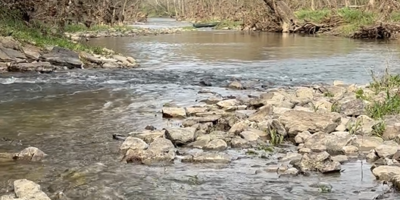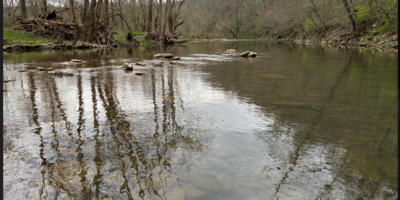By Danny Mayer
The central question surrounding the Rupp Opportunity Zone concerns its value. Will the capital outlays—human, monetary, carbon—necessary to redevelop the 50 acres surrounding Rupp Arena match the value projected to spring from the end-product? Will Rupp investment provide good value to the city? That is the question, and as usual, the answer depends on where you stand and how you define value.
The 47 appointed members of the Rupp Task Force have answered that question positively. This unelected body, with not a single publicly elected representative serving on it, spent $350,000 to issue a report calling for a $300 million renovation of Rupp Arena and construction of a new city convention center. To this body of vested UK boosters, downtown developers, bankers and other city business leaders, any capital servicing the Rupp environs is certain to provide a good return-on-investment (ROI). If designed well, they argue, any money shoveled into the small urban sliver of expensive Fayette County land will unlock private investment and provide enough economic returns to benefit the entire city.
Yet to the Fayette County resident who does not live, own property or run a business adjacent to Rupp Arena, is not affiliated with the UK Athletic Association, and does not attend conventions, arena concerts or UK home basketball games, the public investment will surely hold less value. The privately-funded Rupp Task Force subcommittee on Finance, chaired by big-time UK Athletic Booster Luther Deaton, has already outlined several local funding streams–park and water/sewer funds were both mentioned–that the city may need to capitalize upon. For non-downtown taxpayers (most of the city), this means that freeing up local money to pay for the Rupp transformation will have direct negative costs: at least some money earmarked for the entire Lexington community and our own unique neighborhoods will re-route into downtown.
For a Fayette County resident, then, valuing the Rupp project might be understood better by a simple cost comparison between development funds and projects. In Lexington’s ninth district, for example, outgoing council member Jay McChord has generated $2.5 million for park development, with the majority of that money coming from private sources. This investment has resulted in over 100 acres of new park land opening up across the district. At Shilito Park where much of the money was directed, funding produced a 2.25 mile healthway trail, improvements to a number of baseball fields, a resurfaced tennis complex, space for soccer and lacrosse, and expansion of a disc golf course. In addition, the $2.5 million investment netted other area parks playground equipment, four more healthway trails, a dog park, rain gardens, native plantings and a “sensory garden.” In the Ninth District, the $2.5 million in public/private funds have built community value by creating publicly accessible spaces of healthy activity, leisure and transportation. Park upgrades have also built property value and connected geographically disperse suburban neighborhoods and people, from mall rats on Nicholasville Road beyond New Circle to Unitarians attending church on Clay’s Mill nearby Man O’War.
In contrast, consider the plans submitted by UK booster Luther Deaton’s finance subcommittee. Unlike the Ninth District funds stewarded by McChord, initial funds directed to Rupp will produce nothing of value. Deaton’s group allocated most of the first $2.5 million in Rupp funds—all public money from the city or state—to achieving what the privately-funded Rupp Task Force had pretended to do: $500,000 will pay a real administrative staff; $600,000 will pay a real program manager to create a real plan of the area; $450,000 will create a real financial feasibility study; $200,000 will provide an arts facility feasibility study; and $500,000 will clean-up the site. City business leaders have called for an initial $300 million investment to be poured into Rupp’s 50 downtown acres. In terms of value for city residents, that should work out to a project with 120 times the value as McChord’s Ninth District funding for parks. It won’t even come close.




1 Pingback